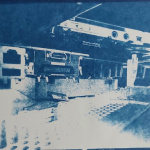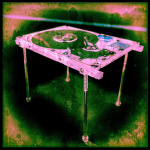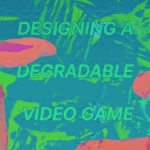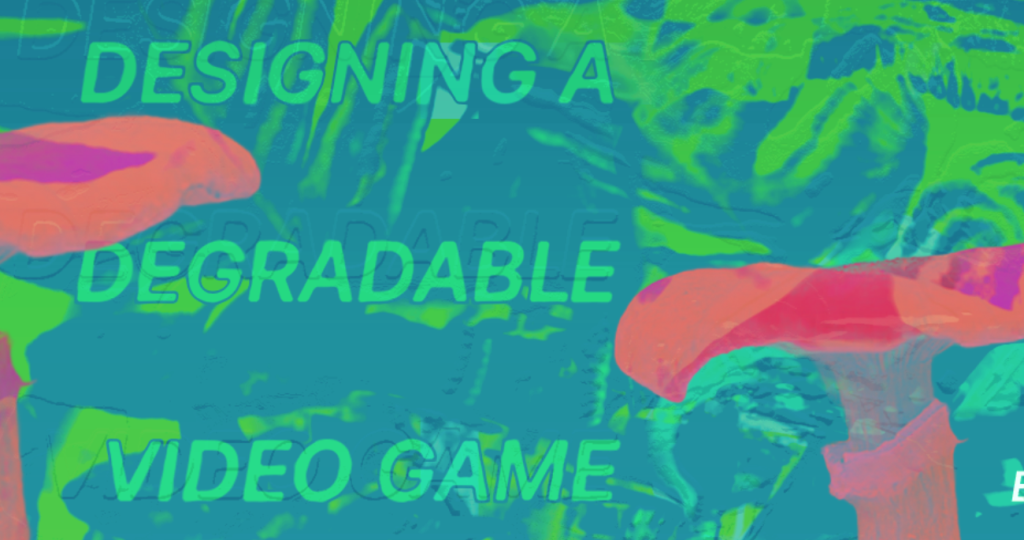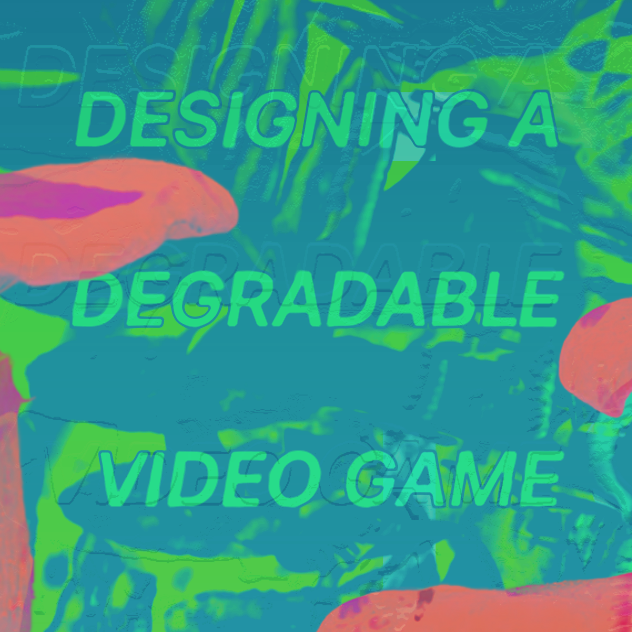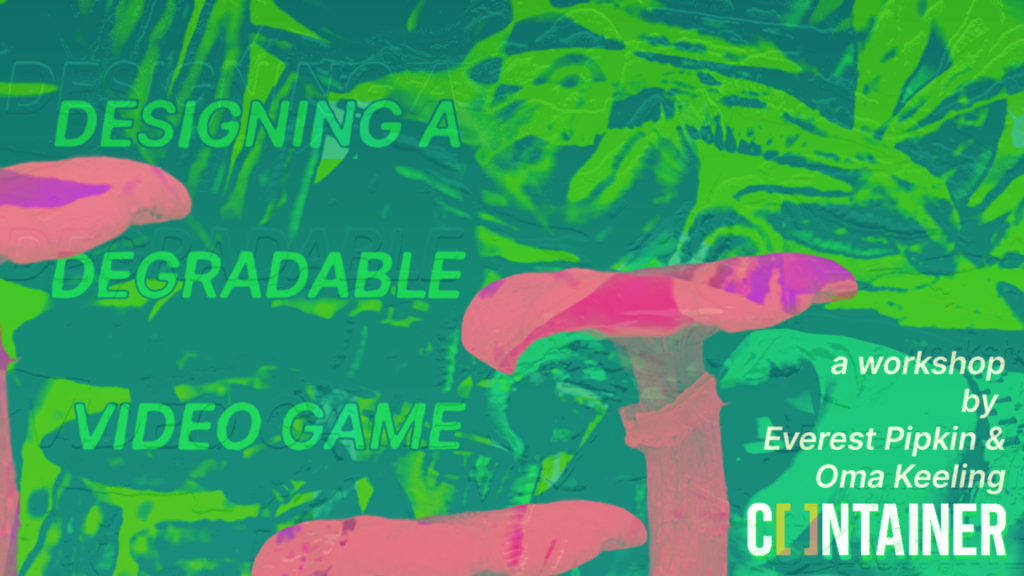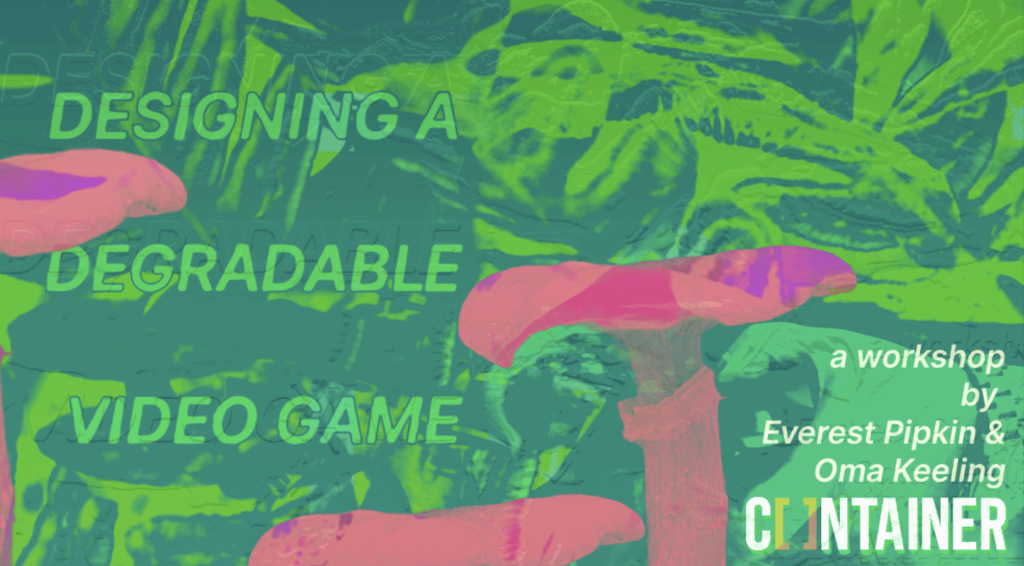A set of prompts to think about how video games have been disposable, are not separate from infrastructures involved in the destruction of ecosystems, are part of our futures and the potentials in futures and economies of loss. To be played, to be thought upon, to be enacted and to be altered.
These were created by Everest Pipkin for use during the Container Magazine workshop ‘Designing A Degradable Video Game’ at Bath Digital Festival 2023, and which also ran at Bristol Technology Festival 2023.
They can be used to host your own version of the workshop or played separately
Invisible City
Participants sit in a circle. Inside this circle will be the city. Each participant contributes (out loud, with gestures and descriptions). Start by laying out streets. Trace them on the floor with your hands. Add houses, fields, churches, squares. Add restaurants and bars. Shops and shopping malls and apartment blocks. Government buildings and schools. Add walking paths. Add cycling paths. Add train routes. Add utopian buildings. Add dream architecture for a world we don’t know. Add statues. Add new types of transit. Add new kinds of food, life, power. Build inside and over. Let it climb onto itself. Let it contain its own ruins. Hold the city in your mind. Walk yourself along its mainstreet. Imagine life here.
Then, together, stand up and let it dissolve.
Gift Game
Find or make a friend. Talk to one another. Ask them:
- On what subject can you talk forever?
- What do you do to fill time, when you must pass it alone?
- At night, what do you picture while you’re going to sleep?
- Or whatever else you might need to know.
In your mind, during conversation, make a game for them. Arrange the mechanics, the world, the themes, the setting. Describe it. Place them in the world. Let them make an action. Play this game together, out loud.
It is only played once.
Deck of Cards
Think about game tools, which contain their possibilities within them.
Dice, cards, controllers, rendering pipelines.
Invent a new tool to play games with.
Let the games follow.
(Now, possibility space identified – you just need to find them.)
Moss
There are only so many polygons in the world, and every game must share them. Dole them out accordingly, with due process and input from the collective group.
Moss 2
Game textures are slowly downgraded, games become flatter and flatter until they are just blocks of colors and seas of squares. As they fade, inscribe what they used to hold in your memory. Tell the story of the videogame to one another. The fidelity is personal.
Map is the Territory
Find a map from a game world. Look at this map. Walk around it with your fingers and your eyes. Imagine what might be at various locations– how they might feel from the ground, what might be hidden there, what secrets they contains. The shape of this hill or the color of the streets in that town. Imagine who lives there and the stories they might tell you. Play that game.
You are an NPC
Write yourself a fetch quest. Interlink it with other participants’ fetch quests (require an item that someone else gives; give an item that someone else requires). Be ready to perform the duty of this fetch quest for the rest of your life.
Virus
Design a videogame that destroys what it touches. Set it on the world. Describe what it eats.
Heath Death
Each participant finds a material. This may be something in or on the body; something you carry, something on the ground or in the walls. Touch the material. Think about its texture, weight, hardness, scale. Think about it decomposing, and count the years this may take. (You may guess at this duration, or look it up.) Participants arrange themselves from fastest degrading material to slowest. Name the materials out loud, in order, ending with the last. At the last material, exhale.
Touched Before
Every object is handmade. Take an object you carry and consider its parts. Count the hands that touched it before it came to you. Thank each one.
Chorus
Find an electronic object, listen to its hum (this may be quiet). Harmonize. Let others harmonize with you.
Fruit game
Plant an invisible tree. Water it and watch it grow. When it is time to harvest, there is more than you could possibly eat. Decide, as a community, what to do with this fruit.
Lighthouse
Games die the second no one is playing them, never to be regained. Organize a system of players to keep the games you love most alive. Take shifts.
The Beauty of the Flashing Lights
Press against your eyes until you see towers. Climb them.
These games, and Container’s workshop collaboration, were created with inspiration from Fluxus and Situationist performance art, as well as from the work of Ben Abraham on climate in the games industry, James Newman’s work on video game degradability, and artists such as Kara Stone and Harriet Horobin-Worley


